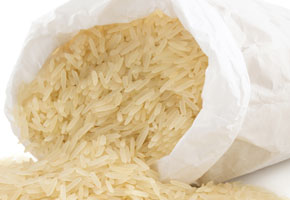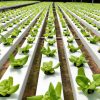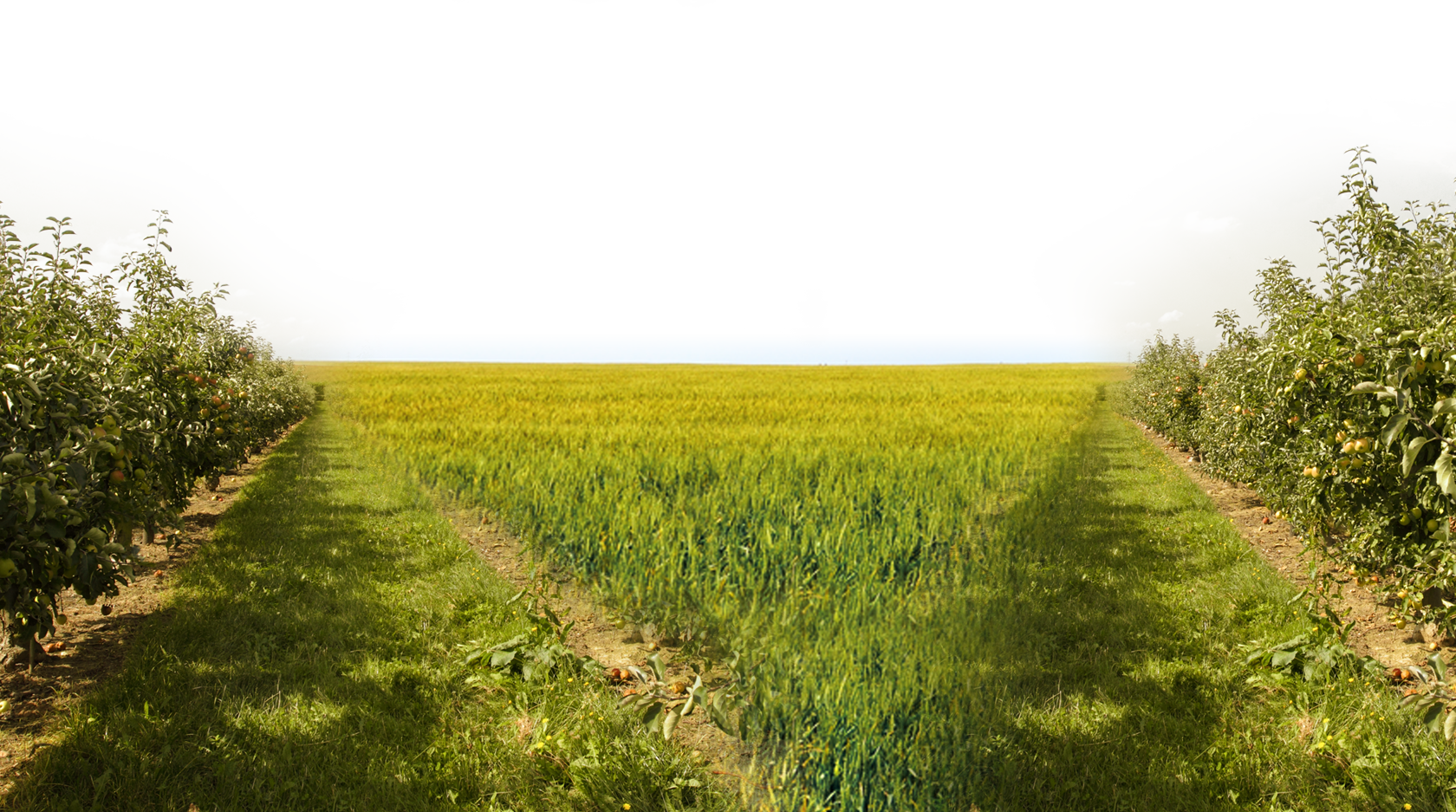
What You Should Know About Arsenic In Rice
By Karen Shepard | 0 Comments | Posted 01/21/2015
I am one of those people that always tries to buy the least processed version of whatever food I am purchasing. Seems like the healthiest and certainly the less toxic choice. That is probably true for most things, but maybe not when it comes to rice. If you have been following any of the current research on this versatile grain, you might be wondering what’s going on?
As a crop, the thing rice does best is take up water, and along with it any and all soluble elements in the soil. There is a certain amount of naturally occurring organic arsenic in almost all soil, and for most of the history of rice cultivation, that amount was insignificant. During the industrial revolution, big farming came into practice, and with it the heavy use of lead-arsenate pesticides on crops such as cotton. In areas of the US such as Louisiana, Mississippi, Missouri and Texas, levels of inorganic arsenic in the soil began to rise. While these carcinogenic treatments were banned in the 80s, the components take around 45 years to begin to breakdown. Meanwhile the popularity and cultivation of rice, a well loved staple in the US and around the world, continues to grow, sucking up both inorganic and organic arsenic along with other nutrients just as it always has, finding its way onto our tables and into our food supply with greater and greater frequency. Hidden in things such as brown rice syrup, (a common replacement for high fructose corn syrup,) it is being ingested by adults and children alike, often without being recognized.
It’s especially important for parents of young children to be aware of the use of rice in snacks and cereals, since research has shown that children are far more susceptible to the impacts. High levels of arsenic exposure during childhood are associated with neurobehavioral problems as well as cancer and lung disease later in life. Is it really a problem? Well, you can decide for yourself, but the U.S. Agency for Toxic Substances and Disease Registry classifies inorganic arsenic (arsenic combined with an element other than carbon) as a “known human carcinogen.”
FDA recommends that children should avoid hot rice cereal, rice pasta, and rice drinks and that adults should stay away from brown rice, which on average has 80 percent more inorganic arsenic, the element’s more toxic form, than white rice.
In balance, it’s important to note that a little of anything (even arsenic) is ok.
If you are going to consume rice, you can minimize your risk by following these simple steps.
Wash your rice before cooking. Washing reduces the arsenic level in rice up to 30%. That’s a pretty significant reduction right there.
Buy white rather than Brown Rice. Brown Rice often has the highest levels of arsenic because the hull and bran are where toxins accumulate. In white rice that part is polished off during processing.
Look to see where your rice is grown. Rice grown in the Mississippi flood plains are as much as five times higher in arsenic than rice grown elsewhere in the US. Rice grown in Asia and India, also have higher levels.
White basmati rice from California, India, and Pakistan, and sushi rice from the U.S. on average has half of the inorganic-arsenic amount of most other types of rice.
More info:
Arsenic in rice- How concerned should you be?
Consumer reports – How much arsenic is in your rice?
NY Times – Deborah Bloom – The Trouble WIth Rice
Arsenic in rice, 11 facts you need to know
Arsenic in organic brown rice syrup
Mapping arsenic in groundwater


 Contact us
Contact us



























